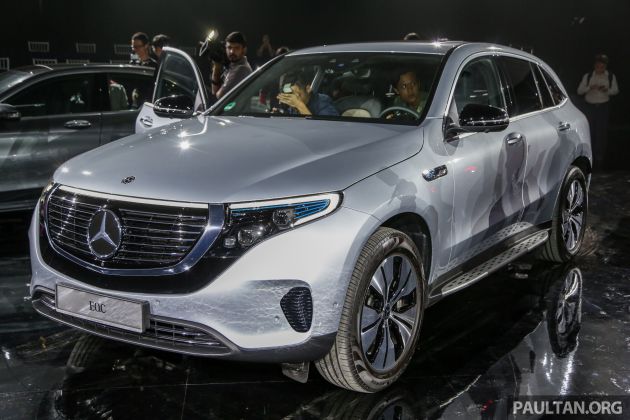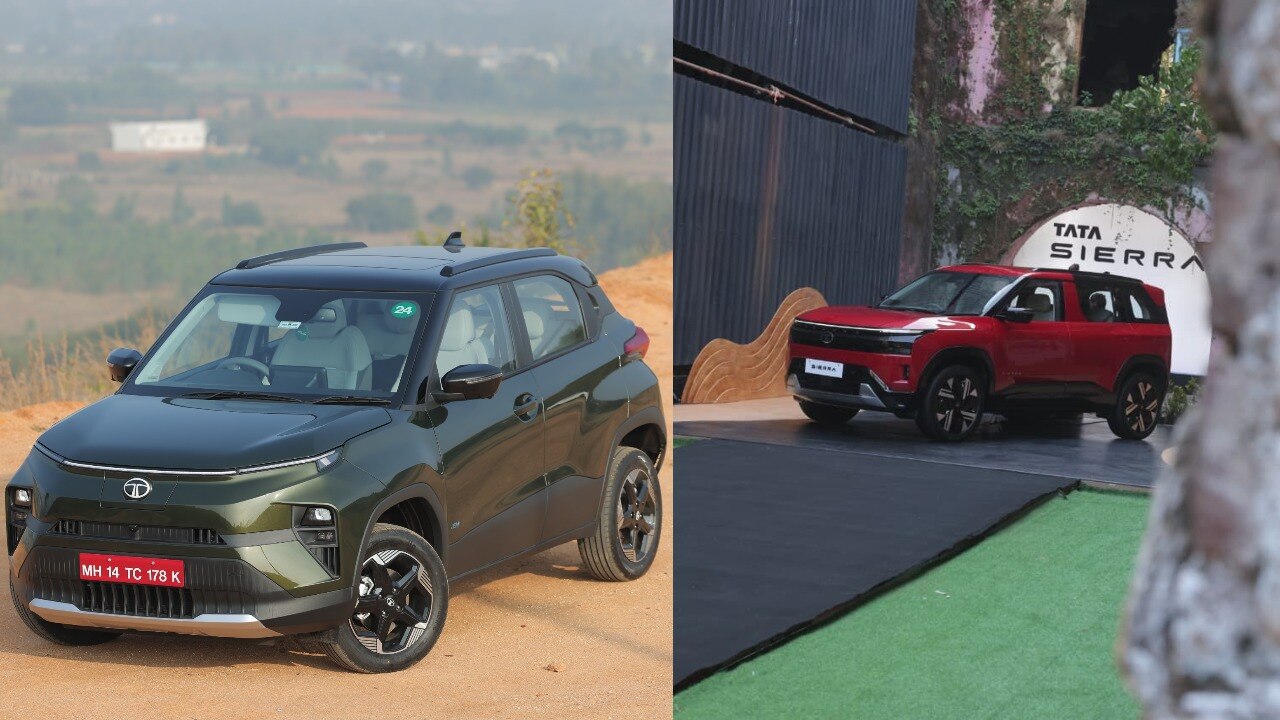Mercedes-Benz Malaysia says its electrification plans remain, but greater clarity in gov’t EV direction needed
In 2019, Mercedes-Benz Malaysia (MBM) previewed the Mercedes-Benz EQC, the automaker’s first fully-fledged production electric vehicle (EV), with the intent of introducing it here sometime in 2020. The EQC 400 4Matic was expected to retail at around RM600,000 when it eventually showed up.
It didn’t, and nearly two years on, things are looking decidedly static for the brand where electrification is concerned. However, the company says its plans to deploy EVs from its EQ sub-brand into the market remains in the pipeline, although it states that greater clarity on the government’s EV direction is needed before any real movement happens.
“We definitely have a plan to bring electric vehicles to Malaysia, but from a feasibility viewpoint, we first need to know what kind of incentives, what kind of production environment or regulations there are in the market,” said MBM president and CEO Claus Weidner.
Once established, this will allow the company to adjust its plans accordingly and ascertain how it can proceed. “We have to see what the plans are from the government. All this has to be seen under the umbrella of the NAP, what the direction of the government is, how it wants to bring forward this technology within the market,” he said during a online presentation to the media yesterday.
Weidner said that a framework to establish policies and regulations was paramount. “We have had discussions before, but we have to see whether our requirements are met, We will continue to work closely with the Malaysia Automotive, Robotics and IoT Institute (MARii) and the Automotive Business Development Committee (ABDC) under the ministry of international trade (MITI) to see if we can bring EVs into the market,” he said.
He added that development of the charging network is also something the government – and associated organisations – will have to focus on. He said that the charging infrastructure is something that needs to be built up by the government or other companies in order to provide the necessary environment for electrification to flourish.
Citing Singapore as an example, he said that everything was very much driven by a government, and as such, regulators have a big role to play in how electrification shapes up here. Weidner said he hopes that the government will detail the revised NAP so carmakers can effectively map out their plans.
Separately, the company announced earlier this month that it would be expanding its CKD footprint this year with the localisation of additional models, specifically in the compact car and SUV segment. While no details were offered as to which models were set to go the local-assembly route, it is likely that the vehicles in question are the A-Class and GLA, with the GLE Coupe also a possibility.
Back in 2018, the company had suggested that it was exploring the possibility of localising assembly of its MFA compact cars in order to expand its footprint in the country, and the A-Class has always been swirling about amidst all that talk.


The addition of the MFA vehicles will essentially complete MBM’s CKD locally assembled range, which currently spans 13 variants from five model lines, namely the C-Class, E-Class and S-Class sedans and GLC and GLC Coupe SUVs, as well as two Mercedes-AMG models, the C 43 facelift and the GLC 43 Coupe facelift.
Weidner reiterated that as it moves forward, MBM will be delving into its AMG and Maybach sub-brands as well as the G-Class with greater intent, in line with the automaker’s overall strategy.
The post Mercedes-Benz Malaysia says its electrification plans remain, but greater clarity in gov’t EV direction needed appeared first on Paul Tan's Automotive News.
from Paul Tan's Automotive News
Read The Rest:paultan...





Post a Comment